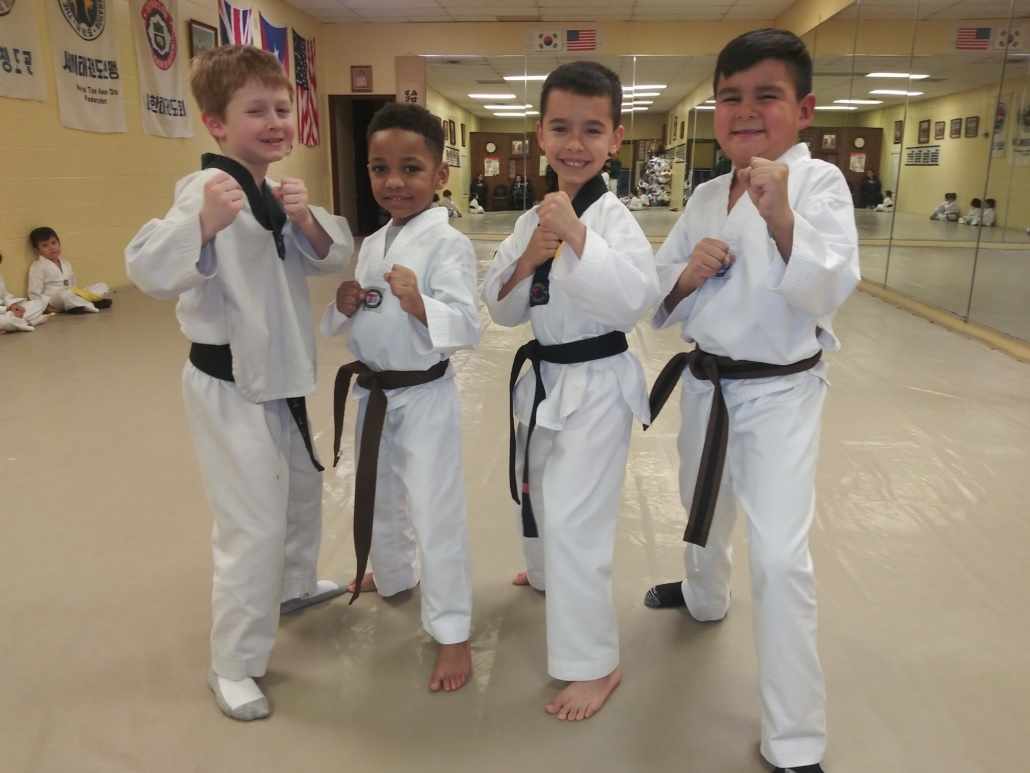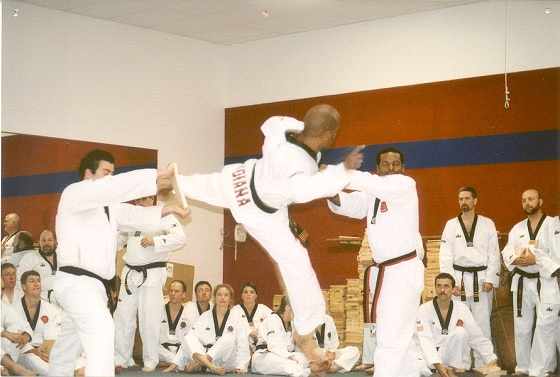
In recent years, more people are seeking structured physical activities that combine fitness, discipline, and personal growth. Among these options, Taekwondo Classes Indianapolis have gained attention for their dynamic approach to movement and holistic benefits. Taekwondo emphasizes not only physical agility but also mental resilience, making it an ideal choice for individuals of all ages who want to enhance their strength, focus, and overall well-being.
Physical Advantages of Taekwondo
Practicing Taekwondo offers comprehensive fitness benefits. The combination of kicks, punches, and forms engages multiple muscle groups, enhancing strength, flexibility, and cardiovascular endurance.
Some key physical advantages include:
Improved Flexibility: High kicks, stretches, and dynamic movements improve joint mobility and reduce the risk of injury.
Increased Strength: Core, leg, and arm muscles are strengthened through repetitive drills and controlled practice.
Better Balance and Coordination: Footwork, stances, and rotational techniques develop body awareness and stability.
Cardiovascular Health: Continuous movement during classes promotes stamina and overall heart health.
Whether you are a beginner or an experienced athlete, the structured movements in Taekwondo provide a challenging yet safe way to stay fit.
Mental and Emotional Development
Beyond physical fitness, Taekwondo is renowned for fostering mental discipline and emotional control. Practitioners learn to focus, manage stress, and build confidence through consistent practice.
Key mental benefits include:
Enhanced Concentration: Learning forms and techniques sharpens focus and attention to detail.
Self-Discipline: Regular training encourages goal-setting, perseverance, and accountability.
Stress Management: Physical activity combined with mindful practice reduces tension and promotes calm.
Confidence Building: Achieving mastery over techniques and advancing in rank boosts self-esteem.

Children benefit particularly from these skills, applying lessons learned in Taekwondo to school and social situations, while adults can use martial arts as a structured pathway for personal growth.
Structure of Taekwondo Classes
A typical Taekwondo session is divided into segments designed to maximize learning and safety:
Warm-Up and Stretching: Prepares muscles and joints for activity, reducing injury risk.
Basic Techniques: Punches, blocks, and kicks practiced individually and in combinations.
Forms (Poomsae): Structured sequences that develop precision, balance, and memorization.
Sparring: Controlled practice with partners to develop reflexes, strategy, and timing.
Cool-Down and Reflection: Stretching and mindfulness exercises reinforce discipline and focus.
This structure ensures steady progress, allowing practitioners to develop skills safely and effectively over time.
Safety Considerations
Safety is a priority in all martial arts training. Proper technique, warm-ups, controlled sparring, and protective gear reduce the likelihood of injury. Classes are often tailored to individual fitness levels, ensuring that beginners and advanced students alike can train safely.
Practitioners are encouraged to listen to their bodies and avoid overexertion. This mindful approach not only prevents injuries but also promotes long-term engagement with the practice.
Choosing the Right Environment
Selecting a supportive and structured training environment is crucial. Ideal programs focus on technique, safety, and individualized attention, providing a positive learning atmosphere for students of all ages.
Many programs incorporate community-building elements, such as group activities and events, which foster camaraderie among practitioners. Additionally, belt testing and milestone achievements motivate students to maintain consistent practice and track their progress.
Integrating Taekwondo Into Daily Life
Practicing Taekwondo regularly can improve posture, flexibility, and overall wellness, while the mental and emotional lessons encourage patience, resilience, and focus. Many students find that habits developed in martial arts—such as consistency, goal-setting, and mindful movement—enhance other areas of their lives.
Additional activities to complement Taekwondo include:
Home Practice: Drills, stretches, and forms reinforce classroom learning.
Cross-Training: Activities like yoga, running, or strength exercises enhance fitness, agility, and flexibility.
Goal Tracking: Setting milestones and celebrating achievements maintains motivation and commitment.
These practices help practitioners achieve steady improvement while deepening their appreciation for the discipline and philosophy behind Taekwondo.

Community and Social Benefits
Taekwondo also promotes social interaction and teamwork. Participating in group classes, workshops, and demonstrations encourages collaboration, mutual respect, and a sense of belonging within the martial arts community. These experiences enhance both the learning process and personal development.
Lifelong Benefits of Martial Arts
For many, Taekwondo becomes more than a physical activity—it evolves into a lifelong practice that strengthens body, mind, and character. Regular training contributes to long-term fitness, improved posture, coordination, and a growth mindset, making it an invaluable part of a balanced lifestyle.
Whether you are introducing your child to martial arts, looking for a structured fitness program, or seeking personal development opportunities, Taekwondo offers a well-rounded approach that benefits all ages.
With its combination of physical fitness, mental discipline, and personal development, Taekwondo Classes Indianapolis provide a comprehensive path for individuals seeking growth in all areas of life. From enhancing strength and flexibility to cultivating focus, confidence, and resilience, the benefits extend well beyond the training mat.




Write a comment ...